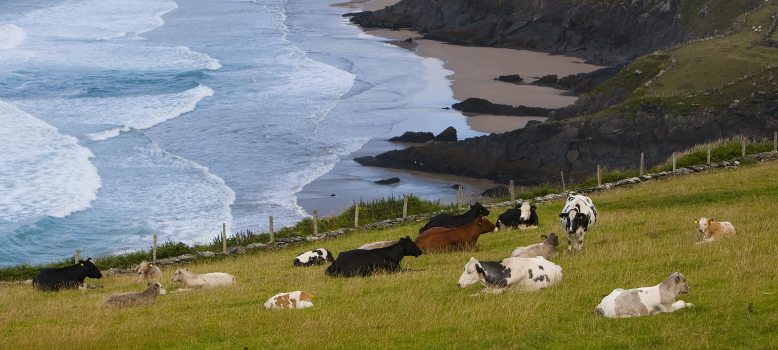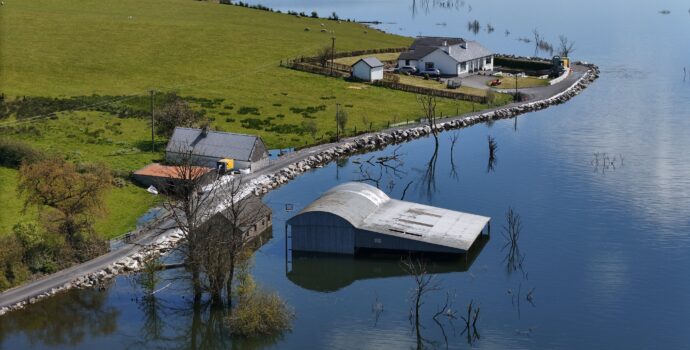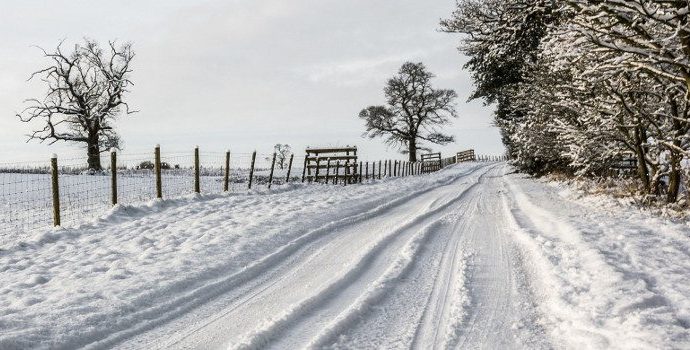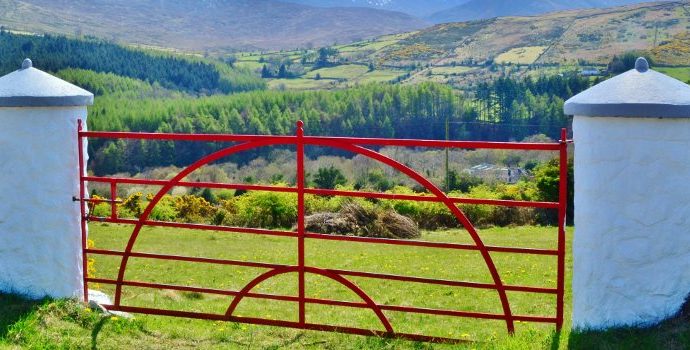New Suckler Beef Genomics Scheme Must Be Practical and Realistic for Farmers

IFA National Livestock Chairman Henry Burns has said Agriculture Minister Simon Coveney must ensure that the terms and conditions for the new €100/€80 per head Beef Cow Genomic Scheme are practical and realistic for farmers.
Henry Burns warned that if the criteria under the new scheme are set too high or are too complex, it will swallow up the financial benefits and turn away applications. He said “The Minister has acclaimed the benefits of the scheme as a world’s first and outlined its important role in maintaining the suckler cow herd. It must now live up to this reputation and the application form should be made available without further delay so as payments can be made this autumn as promised.”
Henry Burns said there is great interest in this scheme and farmers need to start completing their applications at this stage. The IFA Livestock leader said it is essential that both costs and bureaucracy under the scheme are kept to an absolute minimum for it to deliver maximum results for farmers and the beef sector.
Henry Burns said it is very important that there is no major additional cost on farmers over and above those that applied last year. He said “Genomics testing is expensive and it is important the costs to the farmers are not increased, as this will erode the value of the €100/€80 per cow.” In addition, he said farmers cannot be required to do tasks or undertake spending that will swallow up the financial benefits of the scheme.
Henry Burns said this is a very important scheme in terms of maintaining the national sucker cow herd and our €2bn quality beef sector into the future. He said many member states across Europe have gone down the route of a coupled payment to protect their suckler herds and the new Genomic scheme can play an important role in maintaining the herd in Ireland. On reports that the scheme will be paid on a per hectare basis, Henry Burns said it is essential that the scheme is clearly focused on maintaining cows in the suckler herd.




